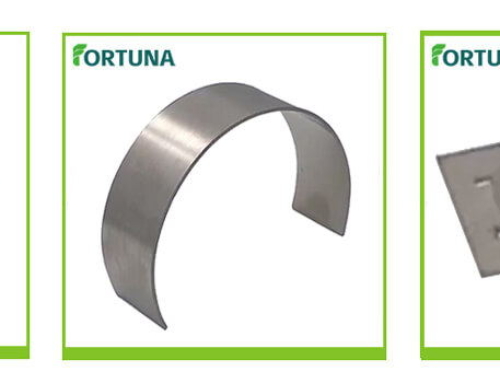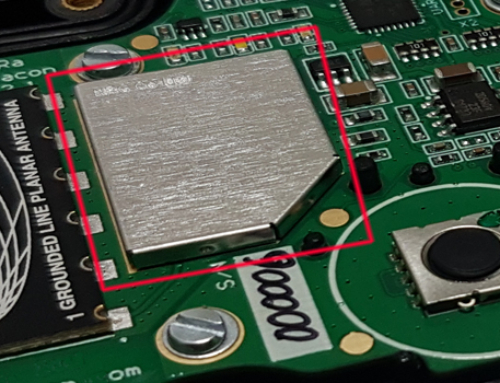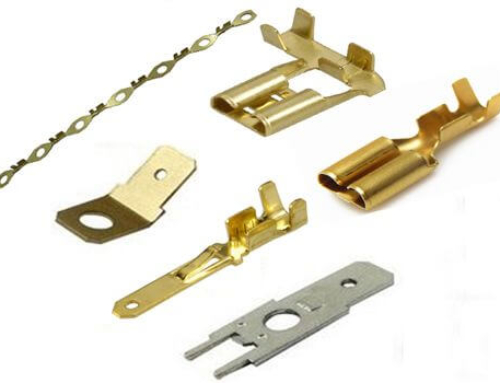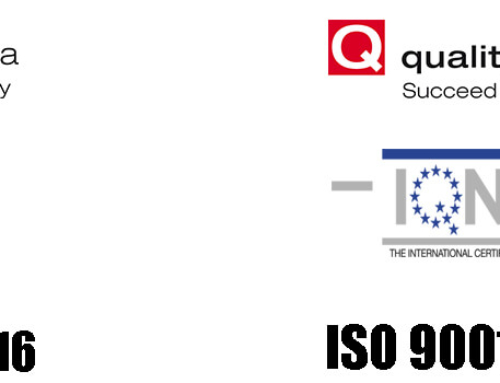In the vast landscape of manufacturing, stamping metal parts stands as a cornerstone process that combines precision, efficiency, and versatility. This blog delves into the intricate world of metal stamping, exploring its fundamentals, applications, benefits, and the latest advancements shaping the industry.
Introduction to Metal Stamping
Metal stamping, also known as pressworking or sheet metal forming, is a manufacturing process that involves shaping flat sheets of metal into desired shapes and configurations using dies and presses. The process leverages the plastic deformation properties of metals, allowing for the creation of complex geometries with tight tolerances.
The Basic Components
- Press: A powerful machine that provides the force required to deform the metal sheet between the dies.
- Dies: Tooling components, typically made from hardened steel, that define the shape of the final product. They consist of a punch (male die) and a die (female die).
- Metal Sheet: The raw material, typically aluminum, steel, brass, or copper, that undergoes deformation during the stamping process.
The Stamping Process
- Loading: The metal sheet is loaded into the press and positioned accurately between the dies.
- Pressing: The press applies force, driving the punch into the sheet, forcing it into the contours of the die.
- Forming: As the punch presses into the sheet, the metal plastically deforms, taking on the shape defined by the dies.
- Ejection: Once the desired shape is achieved, the press releases its force, and the stamped part is ejected from the dies.
- Trimming and Inspection: Excess material may be trimmed, and the part undergoes quality inspection to ensure compliance with specifications.
Applications of Metal Stamping
Metal stamping finds widespread applications across various industries, including:
- Automotive: Body panels, chassis components, brackets, and fasteners.
- Electronics: Enclosures, connectors, and heat sinks.
- Appliances: Housings, brackets, and hardware components.
- Aerospace: Structural components, fasteners, and precision parts.
- Medical Devices: Implants, surgical instruments, and diagnostic equipment components.
Benefits of Metal Stamping
- Cost-Effectiveness: High-volume production at low unit costs due to automation and minimal material waste.
- Precision: Tight tolerances and repeatable results, ensuring consistency in part quality.
- Versatility: Capable of producing complex shapes and geometries from a wide range of metals.
- Speed: Rapid production rates, enabling quick turnaround times for prototype and production runs.
- Scalability: Easily adaptable to produce parts of varying sizes and quantities.
Latest Trends and Advancements
- Automation and Robotics: Increased automation and integration of robots are streamlining the stamping process, enhancing efficiency and safety.
- Advanced Materials: New alloys and composites are being explored to meet the demands of lighter, stronger, and more durable parts.
- Precision Dies: Advances in die-making technology enable the creation of more intricate and precise dies, expanding the possibilities of stamped metal parts.
- Sustainability: Manufacturers are focusing on reducing waste, optimizing material usage, and implementing energy-efficient processes to minimize their environmental footprint.
Conclusion
Metal stamping is a cornerstone of modern manufacturing, offering a unique blend of precision, efficiency, and versatility. As the industry continues to evolve, new technologies and advancements are pushing the boundaries of what is possible, enabling manufacturers to produce ever more complex and high-quality metal parts. Whether you’re working in automotive, electronics, or any other industry, understanding the art and science of metal stamping can be a valuable asset in driving innovation and success.



